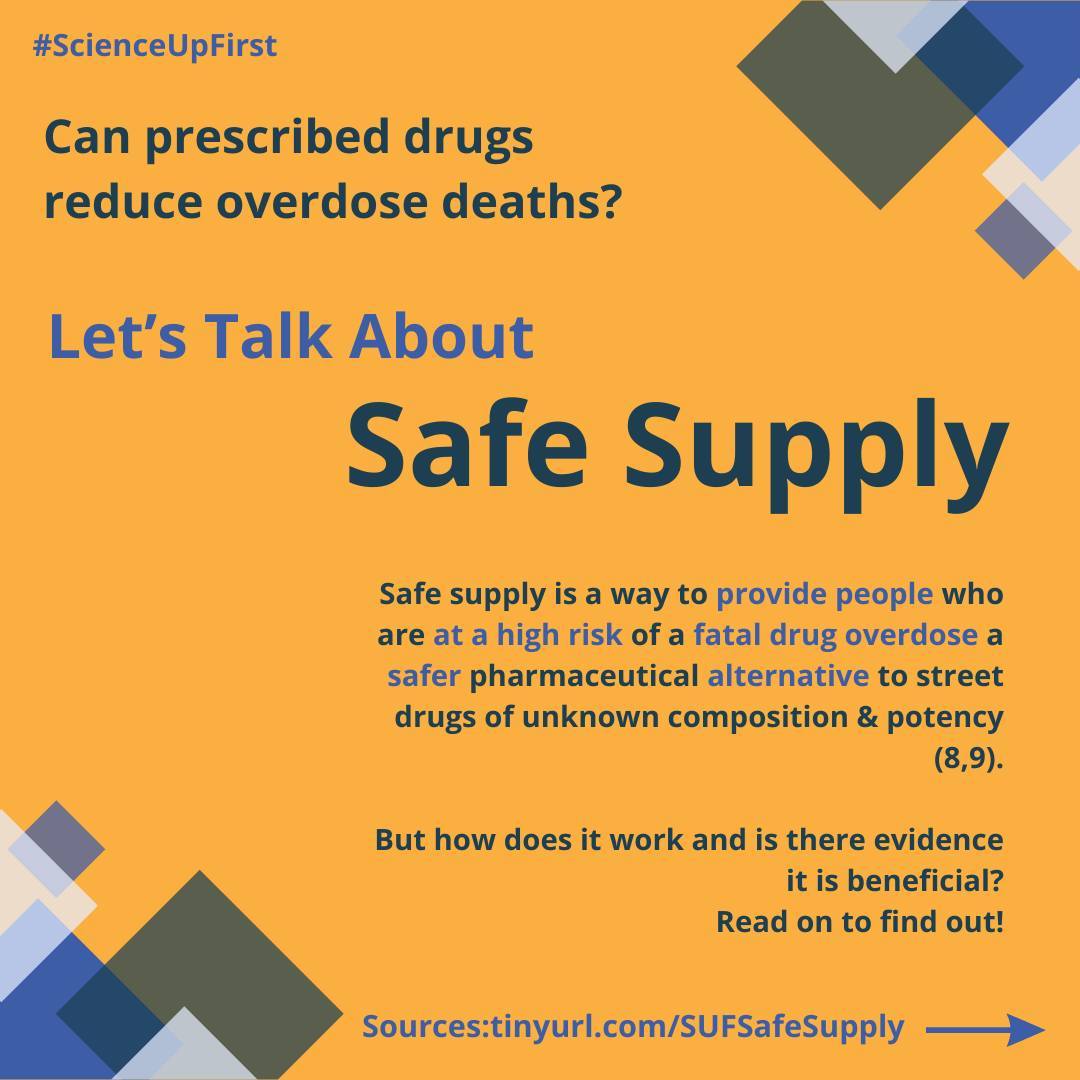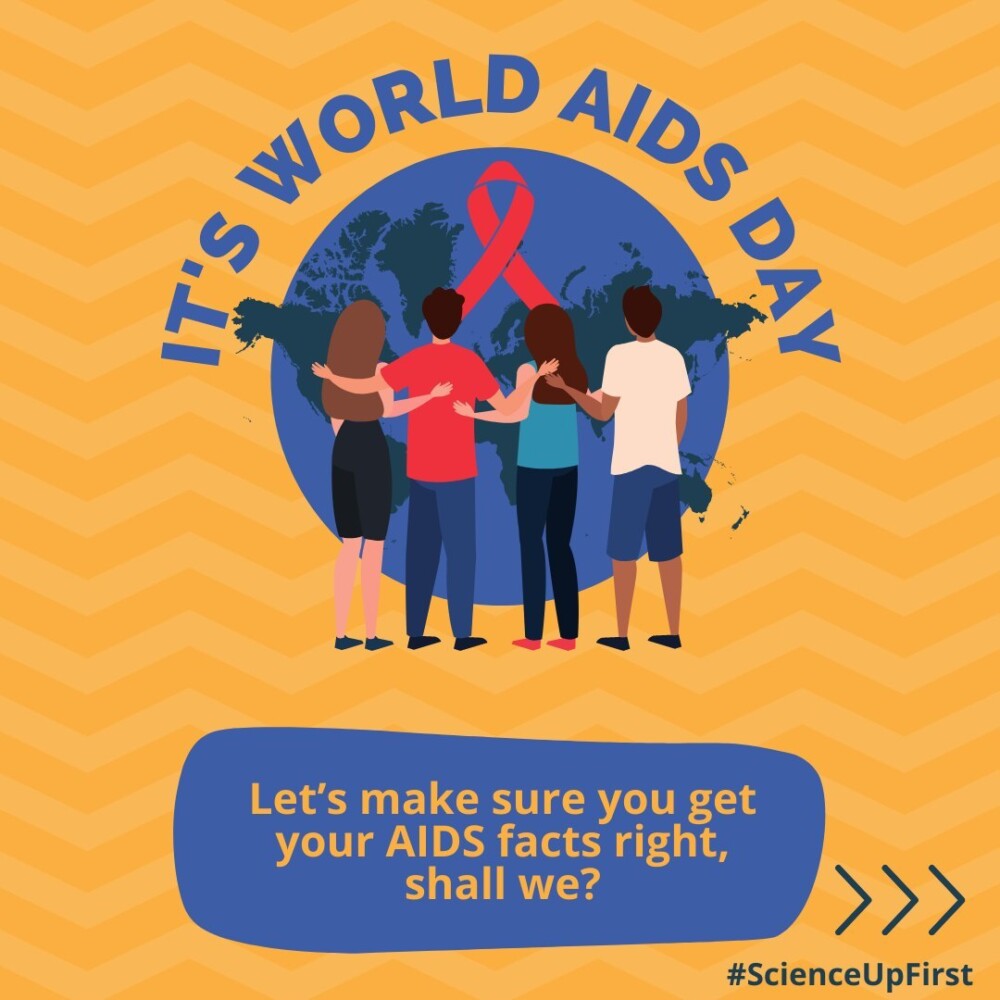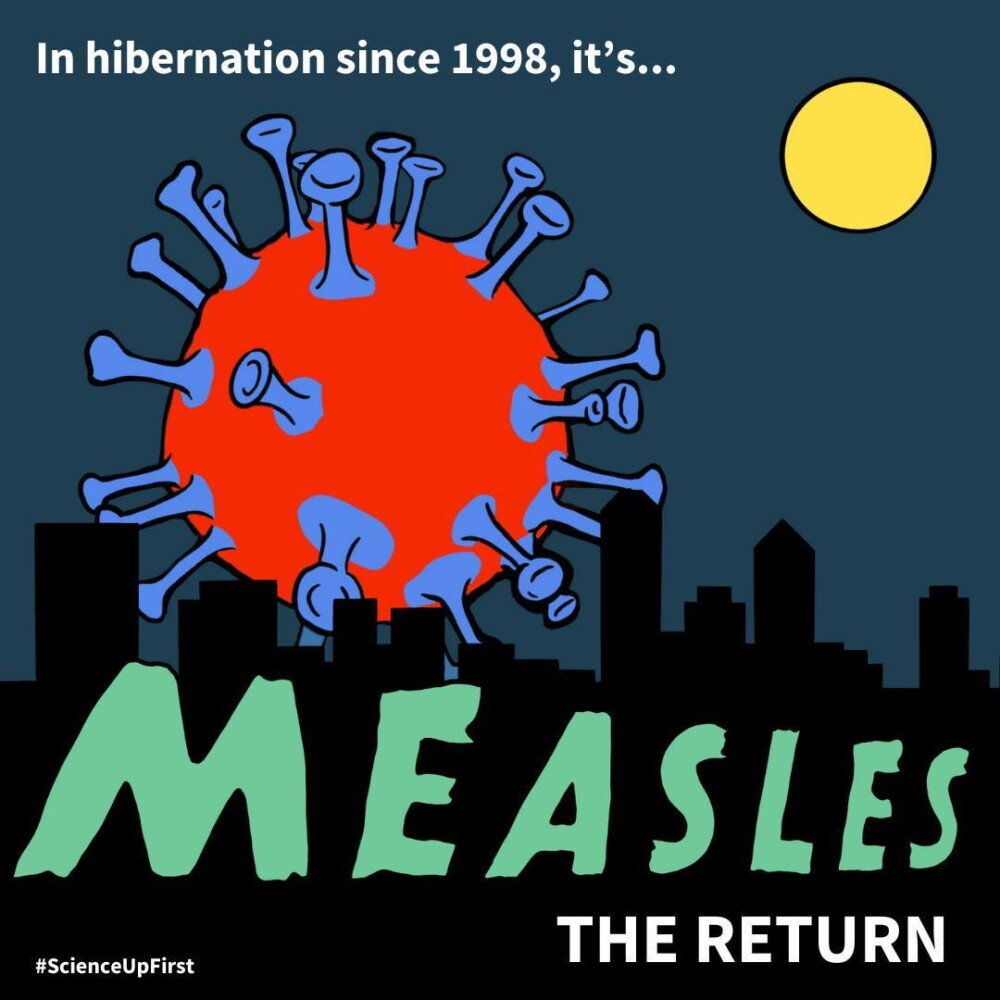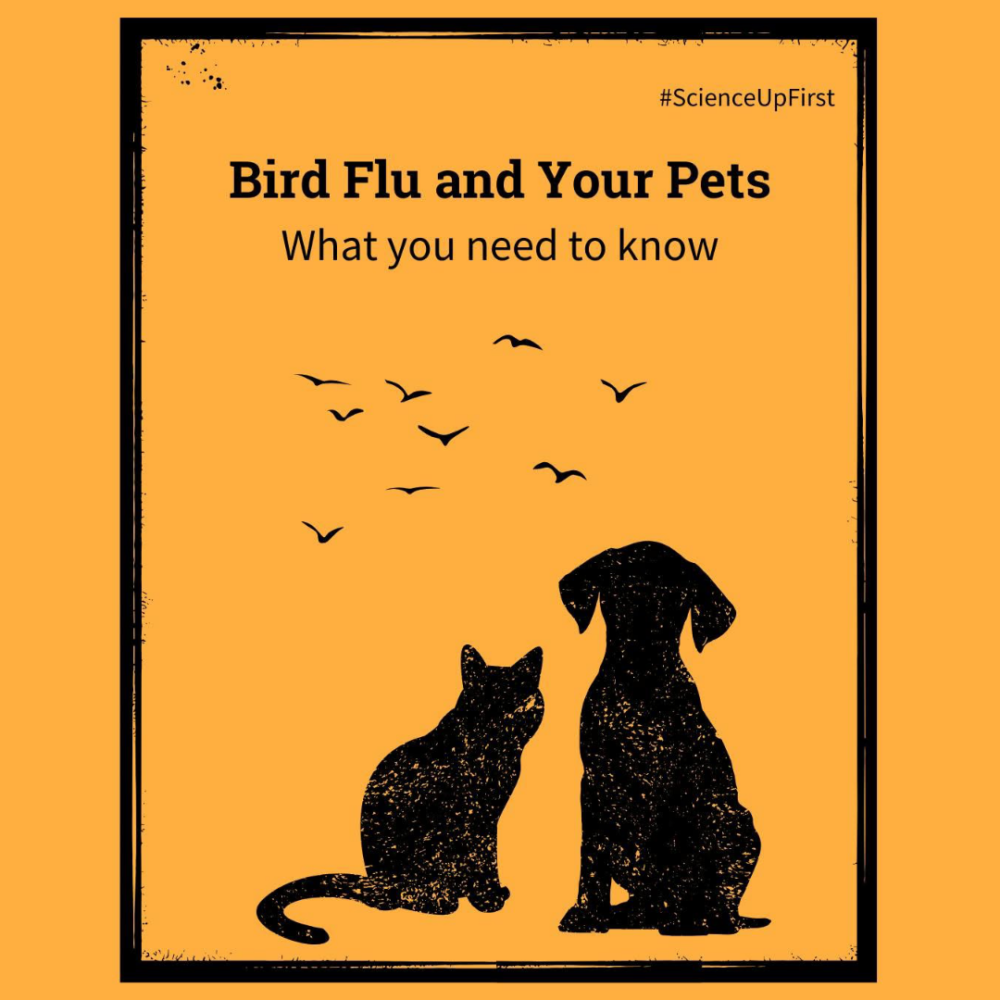









Safe supply is a practice found under the wider umbrella of harm reduction, which includes other practices to reduce the risks associated with drug use, such as (1,2):
- Naloxone distribution
- Needle distribution programs
- Supervised injection sites
- Drug-checking machines or tests
Harm reduction practices, such as safe supply, are aimed at at-risk individuals who use drugs. These evidence-based approaches reduce risks, improve health, and create connections with key health services (3,4,5).
Safe supply provides a regulated, legal, pharmaceutical drug that is guaranteed not to be laced with any dangerous contaminants found in street drugs. These are prescribed by clinicians as an alternative to street drugs.
Drug-overdose deaths have become a public health crisis in Canada (6), and in the US (7). Safe supply aims to be one of the evidence-based tools to tackle this problem.
Check out the last slide for resources and to learn about the Good Samaritan Drug Overdose Act.
Share our original Tweet!
Can prescribed drugs reduce overdose deaths and help those struggling with substance use?
Let’s dig into the evidence https://t.co/8UiUAP9g7j#ScienceUpFirst
[1/2] pic.twitter.com/zD03VeWQB5
— ScienceUpFirst | LaScienced’Abord (@ScienceUpFirst) August 1, 2023
View our original Instagram Post!
View this post on Instagram
- Safe Supply Concept Document
- Harm Reduction
- Harm Reduction: Canadian Drugs and Substances Strategy | FR: Réduction des méfaits : Stratégie canadienne sur les drogues et autres substances
- Harm Reduction
- Harm Reduction
- Joint Statement from the Co-Chairs of the Special Advisory Committee on the Epidemic of Opioid Overdoses – Latest National Data on Substance-Related Harms | FR: Déclaration commune des coprésidents du Comité consultatif spécial sur l’épidémie de surdoses d’opioïdes – Plus récentes données nationales sur les méfaits associés aux substances
- Ongoing emergencies
- Safer supply: Prescribed medications as a safer alternative to toxic illegal drugs
- FR: Approvisionnement plus sécuritaire : médicaments prescrits comme solution de rechange sécuritaire à l’offre de drogues illégales
- Safer Opioid Supply: A rapid review of the evidence
- Expertise of people who use drugs must be central to design of safe supply
- Opioid- and Stimulant-related Harms | FR: Méfaits associés aux opioïdes et aux stimulants
- Safer supply: Current perspectives and evidence
- Illicit Drug Toxicity Deaths in BC – January 1, 2012 – December 31, 2022
- Patterns of Medication and Healthcare Use among People who Died of an Opioid-Related Toxicity during the COVID-19 Pandemic in Ontario
- Using death scene and toxicology evidence to define involvement of heroin, pharmaceutical morphine, illicitly manufactured fentanyl and pharmaceutical fentanyl in opioid overdose deaths, 38 states and the District of Columbia, January 2018–December 2019
- Fentanyl | FR: Fentanyl
- Toronto’s Drug Checking Service
- Facts about Fentanyl
- 2023 Evaluation Report for S.O.S. Program (Safer Opioid Supply)
- Safer opioid supply via a biometric dispensing machine: a qualitative study of barriers, facilitators and associated outcomes
- A First Survey on Safer Supply in Quebec
- Implementation of Safe Supply Alternatives During Intersecting COVID-19 and Overdose Health Emergencies in British Columbia, Canada, 2021
- Report on Risk Mitigation Guidance Prescriptions
- Evaluation of an emergency safe supply drugs and managed alcohol program in COVID-19 isolation hotel shelters for people experiencing homelessness
- Safer opioid supply: qualitative program evaluation
- Safer Opioid Supply Program
- Assessment of the Implementation of Safer Supply Pilot Projects
- Factors associated with 60-day adherence to “safer supply” opioids prescribed under British Columbia’s interim clinical guidance for health care providers to support people who use drugs during COVID-19 and the ongoing overdose emergency
- Safer Supply Ottawa Evaluation – Fall 2022 Report
- A low-barrier, flexible safe supply program to prevent deaths from overdose
- “It’s Helped Me a Lot, Just Like to Stay Alive”: a Qualitative Analysis of Outcomes of a Novel Hydromorphone Tablet Distribution Program in Vancouver, Canada
- Clinical outcomes and health care costs among people entering a safer opioid supply program in Ontario
- Barriers and facilitators to a novel low-barrier hydromorphone distribution program in Vancouver, Canada: a qualitative study
- Patterns of medication and healthcare use among people who died of an opioid-related toxicity during the COVID-19 pandemic in Ontario
- Opioid- and Stimulant-related Harms | FR: Méfaits associés aux opioïdes et aux stimulants
- A low-barrier, flexible safe supply program to prevent deaths from overdose
- B.C. officials respond to ‘fear-based’ rhetoric about safer supply programs
- Tackling the overdose crisis: The role of safe supply
- Report #2 Recommendations on the Federal Government’s Drug Policy as Articula
- Responding to Canada’s opioid overdose crisis | FR: Faire face à la crise de surdose d’opioïdes au Canada
- Addiction and Substance use Treatment Options
- Stigma and misunderstanding around Opioids and Overdoses
- FR: Stigmatisation et incompréhension autour des opioïdes et des overdoses
- Fentanyl | FR: Le fentanyl de rue
- About the Good Samaritan Drug Overdose Act | FR: À propos de la Loi sur les bons samaritains secourant les victimes de surdose




